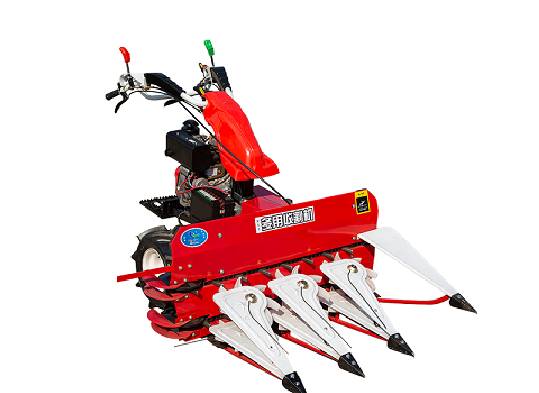paddy reaper and binder
The Evolution of Paddy Reapers and Binders Harvesting Innovation
Agriculture has undergone tremendous transformations over the centuries, and the development of machinery to aid in farming processes stands out as one of the most significant advancements. Among these innovations, the paddy reaper and binder play a crucial role in enhancing the efficiency of rice harvesting, a vital activity for feeding the global population. This article explores the history, technology, and significance of these machines in modern agriculture.
Historical Perspective
The cultivation of rice dates back thousands of years, and the traditional methods of harvesting were labor-intensive and time-consuming. For centuries, farmers relied on hand tools, such as sickles and knives, to cut rice stalks. This method required skilled laborers who worked long hours under the sun, often resulting in physical strain and low productivity.
The late 19th and early 20th centuries marked the beginning of mechanization in agriculture. The advent of the paddy reaper transformed the way rice was harvested. These early machines, though primitive compared to today's standards, allowed farmers to cut rice crops more efficiently than manual methods. The introduction of the binder – a machine that not only cuts but also binds harvested crops into sheaves – further streamlined the process, significantly reducing the time and labor required for harvesting.
Mechanism and Functionality
Contemporary paddy reapers and binders are marvels of engineering designed to meet the challenges of rice farming. Typically, these machines are operated by tractors or are self-propelled, making them versatile tools for farmers. A typical paddy reaper consists of several key components a cutting blade, a feed mechanism, and a binding system.
paddy reaper and binder

The cutting blade functions much like a large scythe, swiftly slicing through the rice stalks with precision. Advanced models use rotating blades that can adjust to various crop heights, ensuring a clean cut. The feed mechanism then gathers the cut stalks and directs them towards the binder section, which uses twine or string to bundle the stalks into manageable sheaves. Some modern paddy binders even employ automated systems to free the farmer from the tedious task of tying knots.
Advantages of Using Paddy Reapers and Binders
The benefits of utilizing paddy reapers and binders in rice farming are manifold. Primarily, they drastically reduce the time required for harvesting. What once took several days of backbreaking labor can now be accomplished in a matter of hours. This efficiency allows farmers to allocate time to other critical activities such as planting or soil management, thus enhancing overall productivity.
Additionally, the mechanization of rice harvesting helps improve the quality of the harvest. With consistent cutting and binding, the risk of crop damage decreases significantly. This leads to higher yields and ultimately enhances the economic viability of rice farming. Furthermore, as urbanization continues to rise, the demand for food increases, making the use of such machinery crucial for meeting this demand.
Conclusion
In conclusion, paddy reapers and binders represent a critical evolution in agricultural technology, specifically within the rice sector. Their development has transformed rice harvesting from a labor-intensive task to an efficient and productive process that supports the livelihoods of farmers globally. As agricultural practices continue to adapt to modern challenges, innovations like these will be essential in ensuring food security and sustainable farming practices. As we look to the future, the ongoing refinement of these machines promises even greater efficiencies, further revolutionizing how we approach one of mankind’s oldest necessities – food production.
Latest news
-
When to Upgrade Your Old Forage HarvesterNewsJun.05,2025
-
One Forage Harvester for All Your NeedsNewsJun.05,2025
-
Mastering the Grass Reaper MachineNewsJun.05,2025
-
How Small Farms Make Full Use of Wheat ReaperNewsJun.05,2025
-
Harvesting Wheat the Easy Way: Use a Mini Tractor ReaperNewsJun.05,2025
-
Growing Demand for the Mini Tractor Reaper in AsiaNewsJun.05,2025







